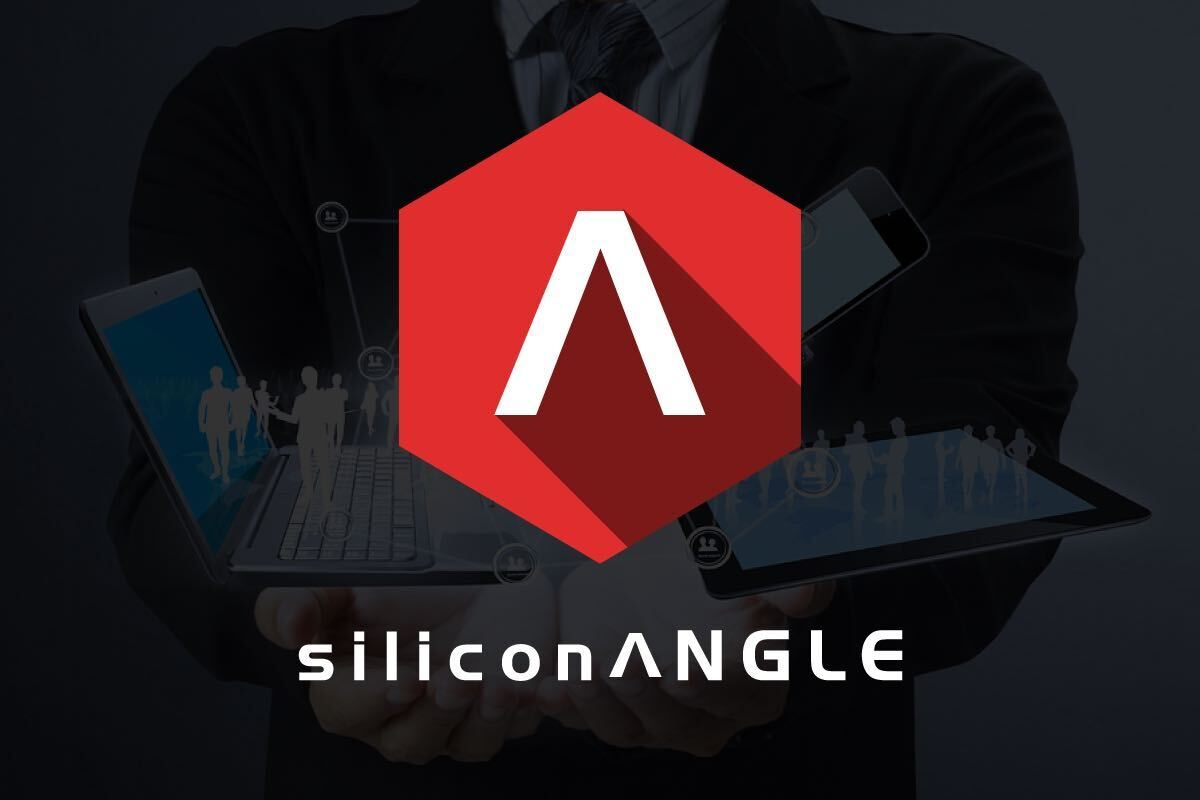


![]() David Floyer, resident CTO and Co-Founder of Wikibon, sat down with Dave Vellante on SiliconANGLE’s theCUBE to discuss an important way forward in virtualization. As virtualization has seen relatively rapid adoption across many industries, one area that has not been brought along at the same speed is the idea of backup as a service.
David Floyer, resident CTO and Co-Founder of Wikibon, sat down with Dave Vellante on SiliconANGLE’s theCUBE to discuss an important way forward in virtualization. As virtualization has seen relatively rapid adoption across many industries, one area that has not been brought along at the same speed is the idea of backup as a service.
Traditional backup models were quickly found to be lacking as the old paradigms for system protection were unable to practicably backup the multiple VMs on a network. This led both Floyer and Vellante to agree that what is really required is a backup as a service/data protection as a service model.
They discussed how this new backup as a service model must be as scalable to an organization as current storage as a service models. Currently, groups offering backup as a service really only offer a one-size-fits-all product. For the consumer, this means one of two things. First, you have purchased way more backup than your company requires. Second, (and perhaps more dangerous) the package doesn’t provide enough protection for critical applications, as well as software failure and recovery needs.
Floyer went on to discuss the immediacy of backup as a service, stating that the data we are dealing with is growing rapidly and there are some characteristics about data that are difficult. As he mentioned, it is important to get the data off the site and have it elsewhere in order to protect it and take better advantage of it. This is because data likes to be next to other data. And the faster it is moved, the better it can be protected.
Vellante and Floyer finished their discussion addressing how backup will fit in the hybrid cloud. Floyer seemed confident the two could meld seamlessly. Providing solutions that utilize large-scale mega centers with both public and private cloud allows your data to be stored next to the public cloud. By accessing a remote copy of your backup, you are able to really make some use of it, especially when you are allowed to tie that data together with data available on the public cloud.
See the full interview here:
Support our mission to keep content open and free by engaging with theCUBE community. Join theCUBE’s Alumni Trust Network, where technology leaders connect, share intelligence and create opportunities.
Founded by tech visionaries John Furrier and Dave Vellante, SiliconANGLE Media has built a dynamic ecosystem of industry-leading digital media brands that reach 15+ million elite tech professionals. Our new proprietary theCUBE AI Video Cloud is breaking ground in audience interaction, leveraging theCUBEai.com neural network to help technology companies make data-driven decisions and stay at the forefront of industry conversations.